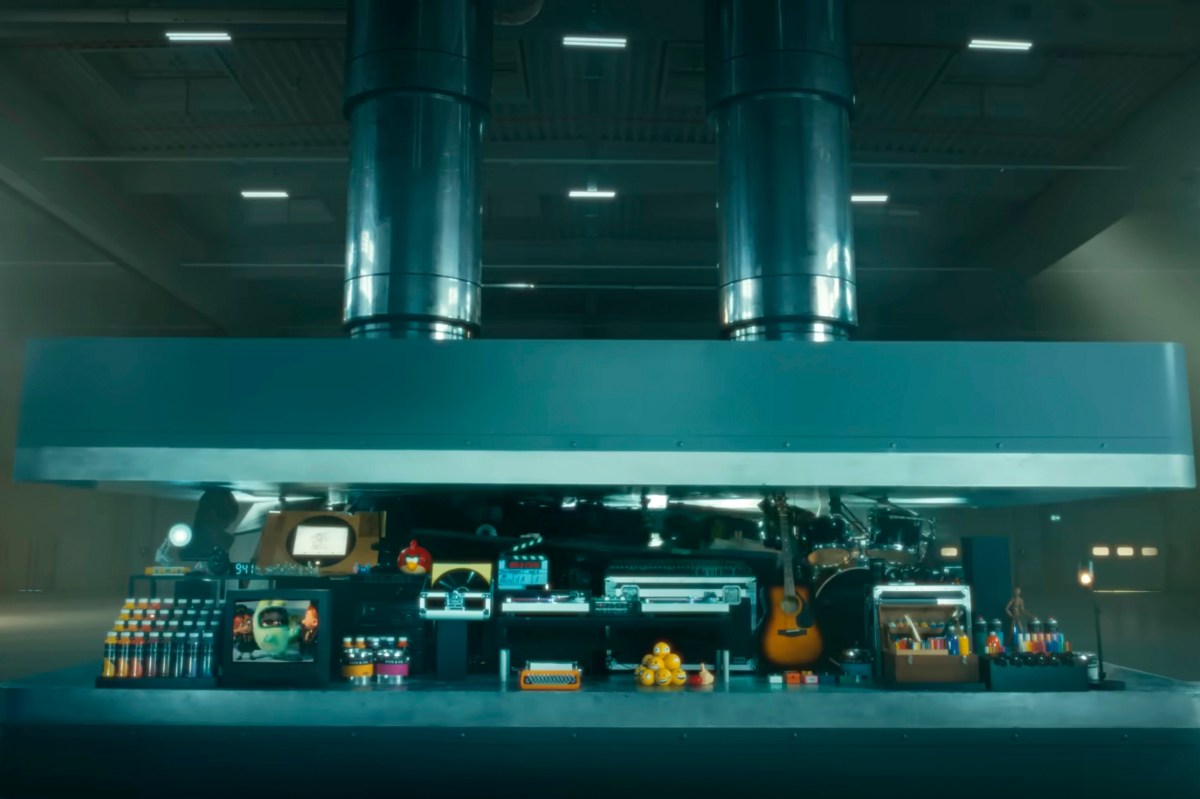TTC is on track to carry 462 million riders this year
In its usual fashion, the TTC low-balled its estimates of how many total rides it was expecting for this year. This means while more buses are coming this fall, we may not see crowding decrease.
On the upside, much more people are riding the GTA’s transit systems.
Ridership numbers continue to be very strong at GO Transit, which grew by almost six per cent in March 2007 over the year before. York Region Transit is attracting many new riders in car country since it amalgamated several small services and introduced its simple and direct bus service called Viva. Over in Brampton, the bus system was overhauled and patronage grew by double digits. Durham is wisely combining its disjointed municipal transit services with GO bus service and riders are responding.
And the TTC is dwarfing them all after years of surprisingly weak growth. Although “only” increasing at about two or three per cent per year, enough riders are streaming onto buses, trains and streetcars in the 416 area code to rival all the new 905 ridership.
In its usual fashion, the TTC low-balled its estimates of how many total rides it was expecting for this year. Originally planning for 454 million riders in 2007, the TTC is on track to carry 462 million. This means while more buses are coming this fall, we may not see crowding decrease.
This is the downside of the GTA transit success story. Almost every system is lagging far behind current needs. We’re squeezing ourselves into buses and trains because the infrastructure has not kept up. Officials responsible for anticipating this growth have been unable to convince the purse holders that much more money is required. What’s more, too few are even asking — let alone admitting — what it will cost to build enough capacity to truly tackle traffic congestion.
The result? Sardine conditions are spreading. Complaints are growing as overloaded buses or trains bypass waiting patrons. Seats and transit parking lots fill up earlier in rush hour, and subway riders must stand even on weekends. Mississauga Transit riders, particularly starved for new service by their city council, have become used to seeing “SORRY, BUS FULL” displayed on bus destination signs.
The ridership boom has largely been sponsored by a strong economy, higher gas prices and, to some degree, the federal tax credit on transit passes. The TTC’s transferable Metropasses are very popular. All of this was foreseeable, and yet new service is lagging way behind. The number of people willing to switch to transit from cars has never been greater — but we can’t even meet existing demand.
Since Ontario’s election season is nigh, those responsible for serving transit customers must tell political hopefuls that not only is the status quo unsustainable, but the projects already in the pipeline don’t come close to solving our environmental and traffic challenges.
















